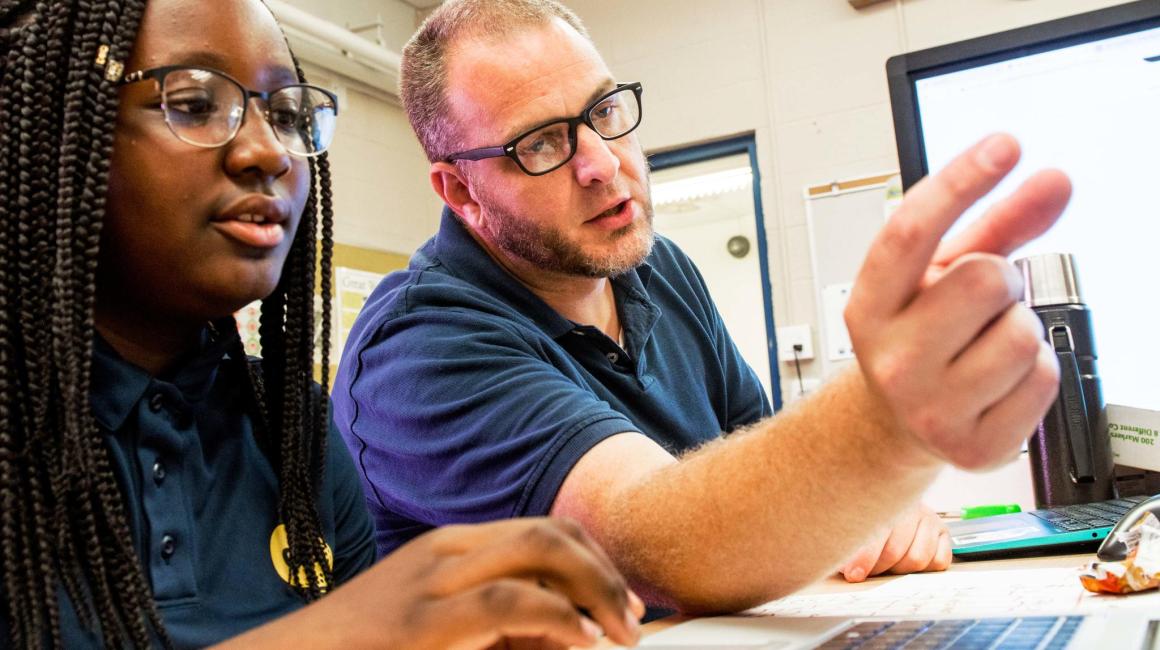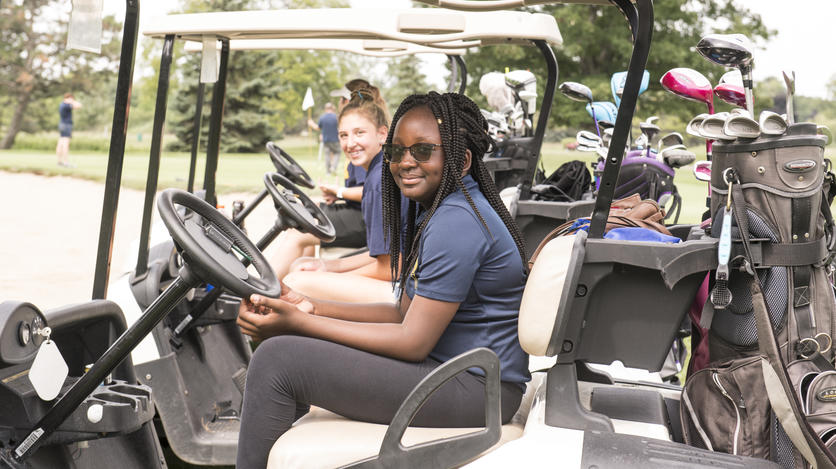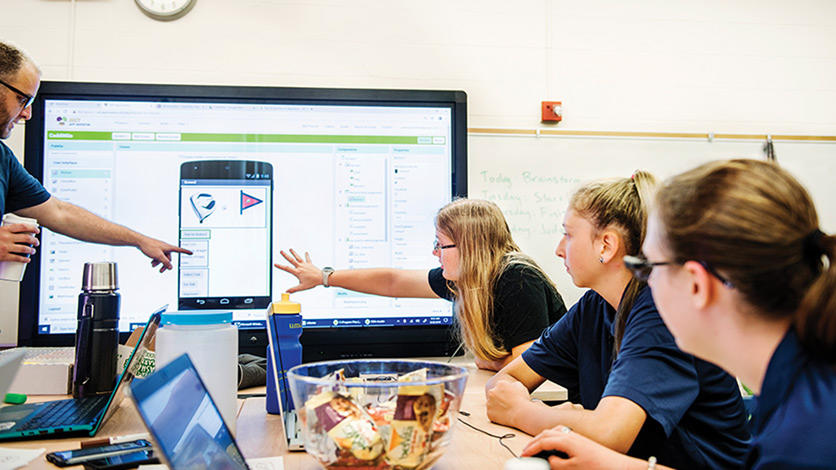
Lola Makanjuola is only 11 years old, but she already has a pretty good idea for an app she wants to build when she becomes a software developer.
“You know when you’re wandering around the grocery store and can’t find that one thing you’re looking for?” she told me during a break in the action at the girls coding camp she was attending. “It drives you crazy! Well, what if there was an app where you could just type in the thing and it would tell you what aisle it’s in? That would save soooooo much time.”
We talked for a minute about how you could make it work: Maybe you could get grocery store chains to send you product maps of stores, and they could advertise to your users when the GPS on their phones indicated they were in the store. Or people could correct aisle location information, similar to the way people using Google Maps report traffic accidents or speed traps. The camp’s coding instructors said that was some pretty sophisticated thinking. In particular, Lola’s idea has two fundamental ingredients every app needs to be successful: a specific audience and a clear problem it’s trying to solve.
Moving Fore-ward
This brand of critical reasoning (educators call it computational thinking) is exactly what organizers hope kids will get out of the two-week program, which is a partnership between UM-Dearborn and the city of Westland. There’s also a bigger-picture mission here. Whether Lola goes on to study computer science and pursue a career in tech is something of a statistical toss-up. Several recent studies have shown that while girls show plenty of interest in science, technology, engineering and math (STEM) as middle schoolers, it often tapers off as they transition to high school. And that kink in the educational pipeline could be part of the reason why women continue to be under-represented in STEM fields.
Researchers are still investigating what’s causing this phenomenon. But among educators, it’s already sparked a sense that young women interested in STEM need to be supported with opportunities through this critical age. That’s the core idea behind the coding camp, said UM-Dearborn’s Jeanne Girard, whose Extended Learning and Outreach office organized the program. Some of the strategies they’re using, like near-peer mentoring, are tried-and-true favorites. Every morning during the coding instruction, Lola and the other girls worked directly alongside two UM-Dearborn computer science students, both women. The hope was that getting to know actual college students who are studying STEM could help spark and sustain the girls’ own college and career dreams.
Perfect Pairings
Girard said her team also wants to use the camp to investigate a second strategy — namely whether pairing coding with another activity the students might be interested in could help keep them hooked on STEM. One quirky idea that stuck: combining the coding class with sports. That’s why every day at camp, after the kids finished working on their mobile apps in the morning, they headed out with members of the UM-Dearborn golf team to learn how to play.
The pairing of golf and coding may seem a little arbitrary at first glance, but computer science professor Brahim Medjahed, who helped design the camp, believes the match makes sense. For one, trying to teach kids computational thinking for a whole day can be a bit of a slog, so getting them outside “where they really want to be in the summer,” said Medjahed, gives their brains a break. He also said that teaching app building — specifically the core problem solving it involves — can make a lot more sense to kids when they’re solving real challenges. And as anyone who has ever golfed before understands, the game provides a slew of them, especially when you’re starting out.





